Newsdesk Archive

London’s annual 4/20 event usually takes place in Hyde Park at 4:20pm on April 20th. Last year’s event attracted a massive turnout of 50,000 attendees. However, this year, the usual crowds of cannabis users and legalisation supporters will be unable to meet in person.
A charity in Australia has said that psychedelic drugs should be used as treatment to tackle the psychological impact of coronavirus quarantine.

This week the Egyptian Tourist Board invited the world into the 5,000-year-old tomb of Queen Meresankh III

Scientists have made a major breakthrough that could help us understand the origin of our universe, they say.
Image by Nasa Hubble

Shaped stone spheres were part of early humanity’s toolkit for over two million years, but what exactly they were used for has remained an enigma. Until now

There's no reset button on your brain. But the more scientists learn about magic mushrooms, the more we know that they're about as close to a reset button as we can get.
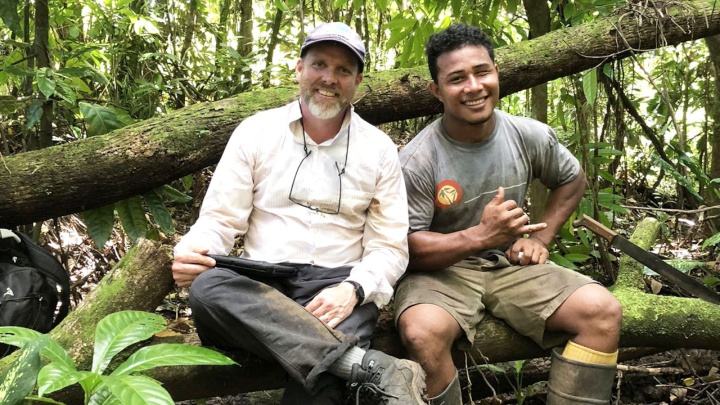
Samoa experienced an exponential jump in its population around 1000 years ago and the ancestry of contemporary Samoans is relatively unique when compared to other Pacific island groups, a new study has found.
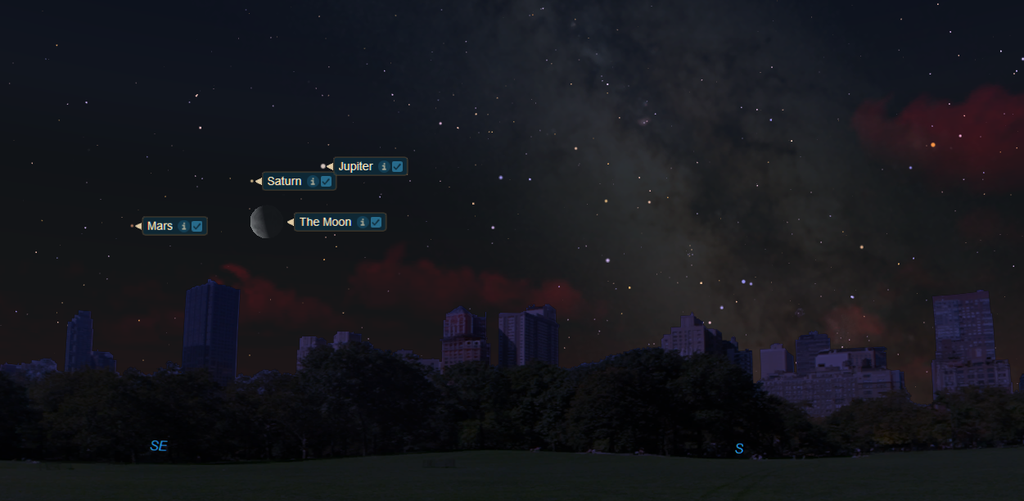
The predawn hours this week will sparkle as Jupiter, Saturn and Mars dance around the moon on consecutive mornings.

The COVID-19 pandemic has claimed the lives of five indigenous people in the Brazilian Amazon, including that of a 15-year-old boy from a remote tribe, according to news sources.
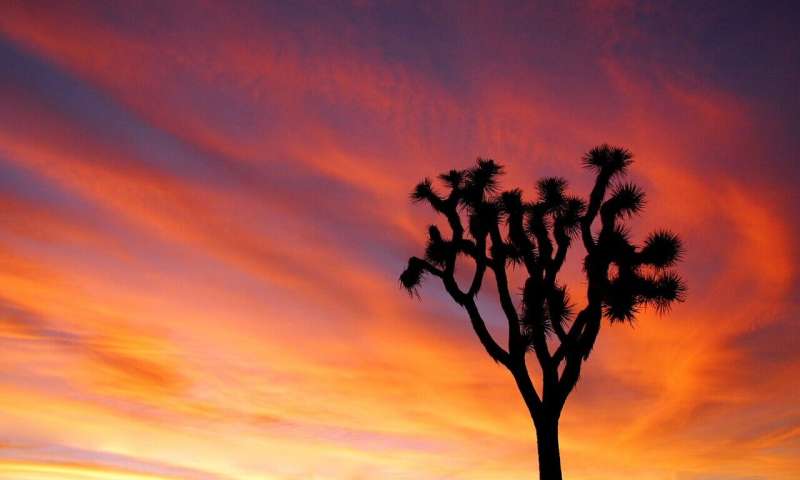
Joshua trees face the risk of extinction after decades of development, drought and more frequent wildfires due to climate change in their Mojave Desert stronghold, according to California wildlife authorities who are recommending that the trees be considered for listing as an endangered species.

The cigar-shaped interstellar visitor to our solar system known as ‘Oumuamua could be the remnants of a larger body that was torn apart by its host star, according to researchers.

A supernova at least twice as bright and energetic, and likely much more massive than any yet recorded has been identified by an international team of astronomers, led by the University of Birmingham.
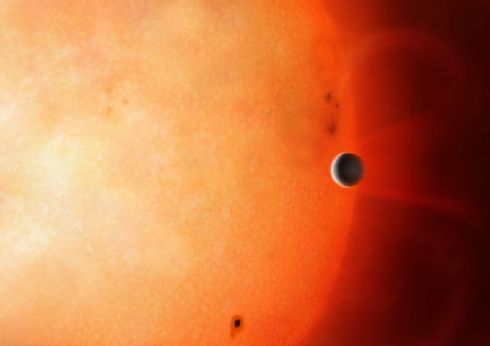
A distant world about 40 times more massive than Earth may be the remnant core of a giant planet, or a giant planet in the making whose growth stalled, a new study reports.
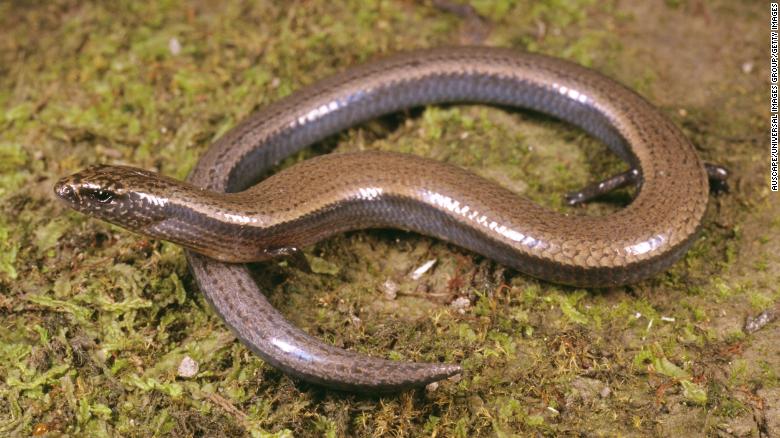
Recently, a three-toed skink (Saiphos equalis) pulled off an extraordinary feat: It laid three eggs and delivered another baby through live birth in the same pregnancy.
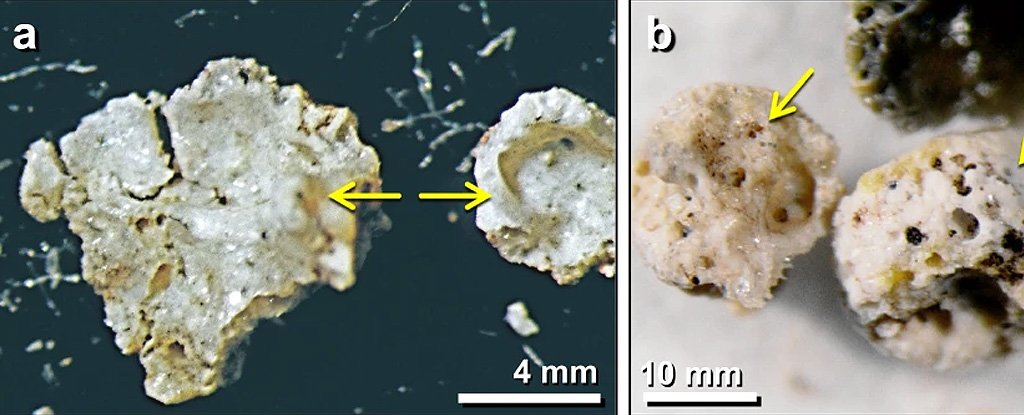
Almost 13,000 years ago, a group of prehistoric nomads in what we now call Syria embarked upon a historic change. They abandoned their hunter-gatherer ways, and became the earliest known pioneers of a new milestone in human civilisation: agriculture
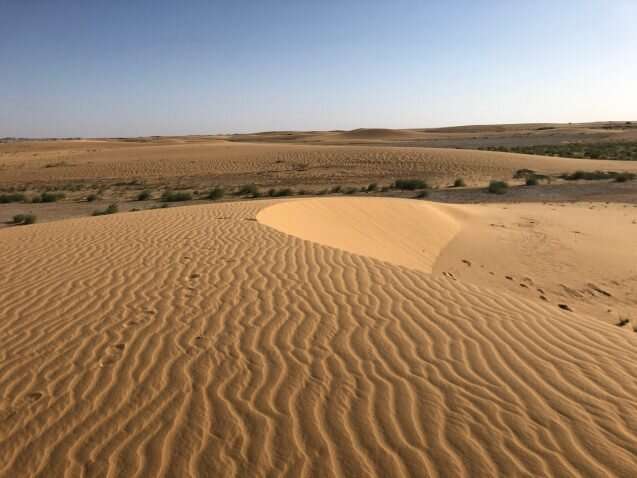
Kevin Uno is a paleoclimatologist and Lamont Assistant Research Professor at Lamont-Doherty Earth Observatory who studies the role climate change plays in human population dynamics and migration.

Some historians believe that pslocybin mushrooms may have been used as far back as 9000 B.C. in North African indigenous cultures. Evidenced by representations in rock paintings. Statues and other representatives of what appear to be mushrooms have also been found in Mayan and Aztec ruins in Central America.
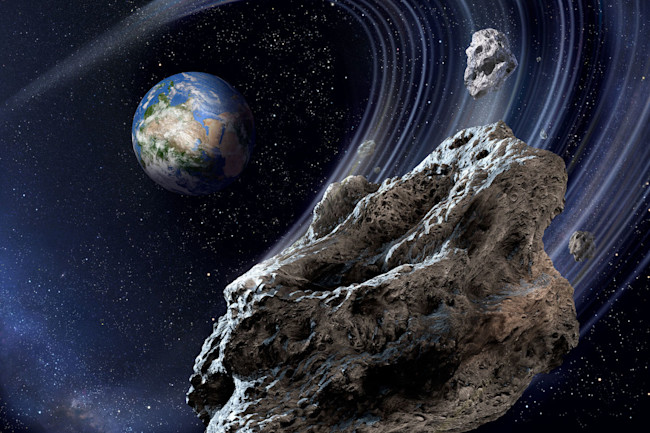
Despite more than 100 telescope closures in recent weeks, key asteroid detection efforts remain online. Their task is harder now, and it’s unclear how long they can keep observing.

Fibers twisted together to form string might not sound like bleeding-edge technology. But with string, or cordage, one can make bags, nets, rope and clothing.

Four fossilized monkey teeth discovered deep in the Peruvian Amazon provide new evidence that more than one group of ancient primates journeyed across the Atlantic Ocean from Africa, according to new USC research just published in the journal Science.

The fossilised skulls of dinosaur embryos that died within their eggs about 200m years ago, have been digitally reconstructed by scientists, shedding new light on the animals’ development, and how close they were to hatching.
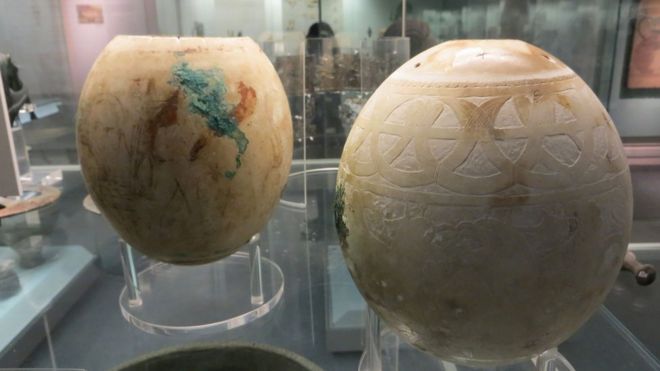
If you wanted to give an extravagant gift 5,000 years ago, you might have chosen an ostrich egg.

The Paleoneurobiology Group of the Centro Nacional de Investigación sobre la Evolución Humana (CENIEH), led by Emiliano Bruner, has just published a morphological analysis of the brains of Neanderthals and modern humans....

Our universe may not be expanding at the same speed in all directions, according to a new study, challenging one of our basic ideas about the universe.
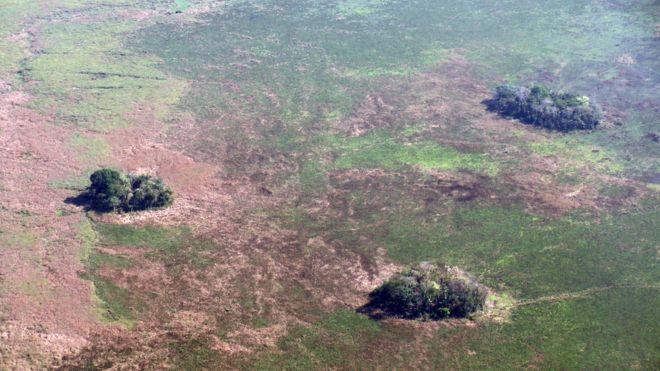
Far from being a pristine wilderness, some regions of the Amazon have been profoundly altered by humans dating back 10,000 years, say researchers.

A team at the University of Bristol has developed a new method of dating pottery which is allowing archaeologists to date prehistoric finds from across the world with remarkable accuracy.
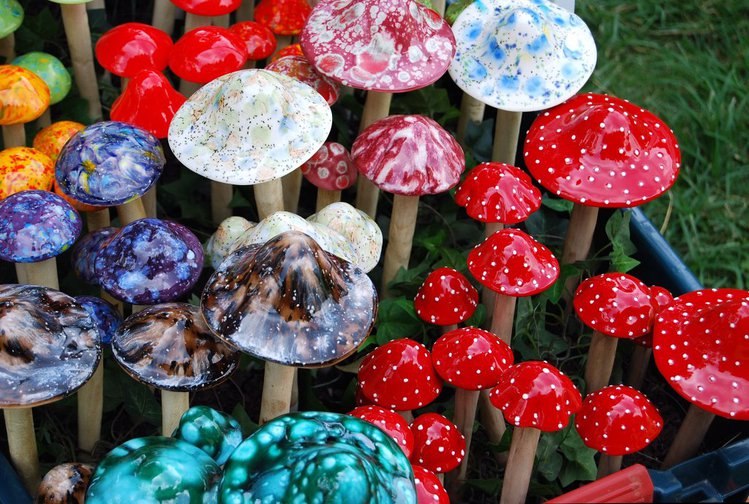
One thing is certain: we all die. That truth has been brought ever-closer by the coronavirus pandemic sweeping through our communities. Yet so many of us will do anything we can to distract ourselves and push this fact from our minds.

One year on from publishing the first ever image of a black hole, the team behind that historic breakthrough is back with a new picture.
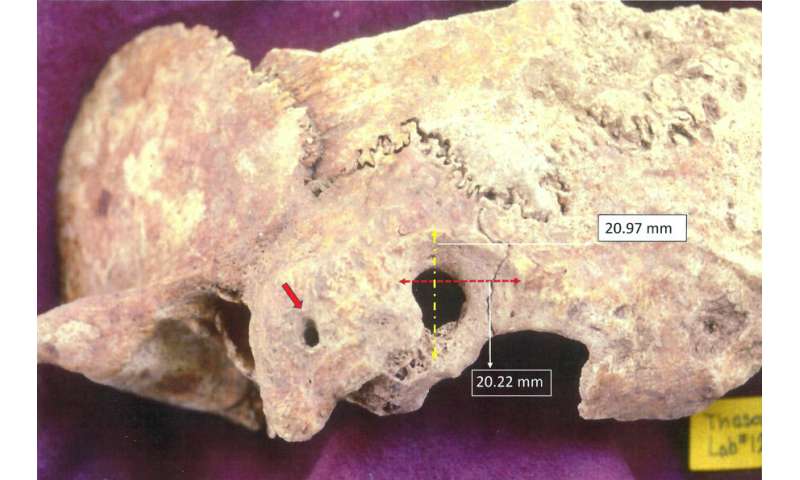
Ten skeletal remains—four women and six men likely of high social standing—were discovered in the Paliokastro site on Thasos island in Greece. Their bones illuminated their physical activities, traumas, and even a complex form of brain surgery.

Astrobiologist Kevin Hand argues the first step to finding aliens should be exploring the depths our own planet’s oceans.
Image by https://pxhere.com/en/photo/1123814
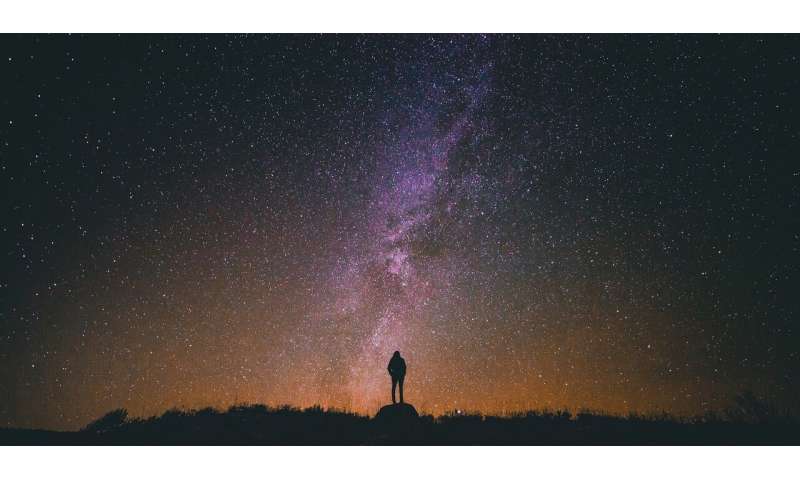
Stars far, far away could appear a lot closer when viewed through our telescopes thanks to new research from The Australian National University (ANU).

The biggest and brightest full moon of the year will rise over the skies of the UK this week, offering the best chance to view a supermoon in 2020.

The earliest known skull of Homo erectus has been unearthed by an Australian-led team of researchers who have dated the fossil at two million years old, showing the first of our ancestors existed up to 200,000 years earlier than previously thought.

The oldest known animals and plants preserved in amber from Southern Gondwana are reported in Scientific Reports this week. Gondwana, the supercontinent made up of South America, Africa, Madagascar, India, Antarctica and Australia, broke away from the Pangea supercontinent around 200 million years ago.

Restrictions on the use of psychedelic drugs in research should be relaxed to help find new treatments for conditions including mental health disorders, the former government adviser Prof David Nutt has said.

Scientists broke open bits of oceanic crust and found them full of microbes—suggesting similar life could survive on other planets.
Image by USGS - Earthquake Glossary 2019

Two million years ago, three different human-like species were living side-by-side in South Africa, a study shows. The findings underline a growing understanding that the present-day situation, where one human species dominates the globe, may be unusual compared with the evolutionary past.

A new study reinforces the concept that Neanderthal DNA has been woven into the modern human genome on multiple occasions as our ancestors met Neanderthals time and again in different parts of the world
Image by "© 2004 Public Library of Science.

The Broken Hill 1 (Kabwe) skull became the first historically significant human fossil found in Africa when it was discovered in Zambia in 1921. Almost one hundred years later and the remains of this ancient human are continuing to shed light on how humans evolved, after a new analysis of the fossil has shown it to be much younger than previously thought.

A new study of proteins taken from the tooth of an enigmatic human ancestor reveals their rough place in the family tree—and shows how ancient proteins can push beyond the limits of DNA.
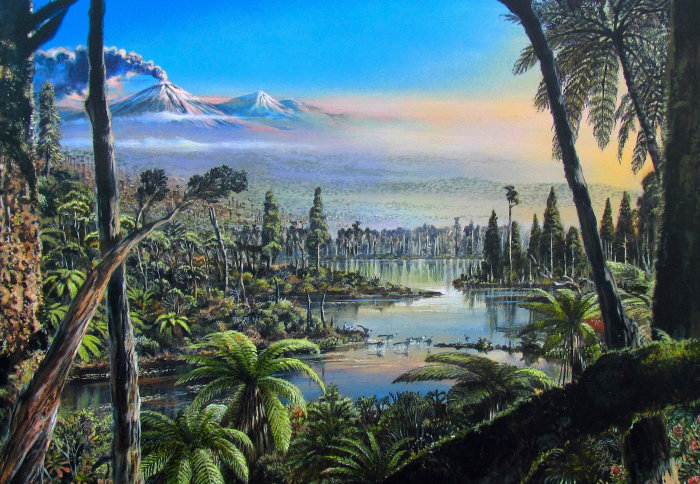
Researchers have found evidence of rainforests near the South Pole 90 million years ago, suggesting the climate was exceptionally warm at the time.

The startup company, CaaMTech, has spent the past year analysing the properties of different compounds found in hallucinogenic shrooms in order to ascertain which fungal chemicals produce which effects.

As recently as 2 million years ago our human ancestors may still have been regularly climbing trees, a new study suggests.

Up to now, studies have focused on determining when the first modern human arrived in China, but there has been hardly any research into the dynamics of this settlement. A joint paper by institutions from China, Spain and the United Kingdom proposes that, given its size and biogeographical diversity, China would have received migrations by Homo sapiens from both north and south, with hardly any overlap between them.
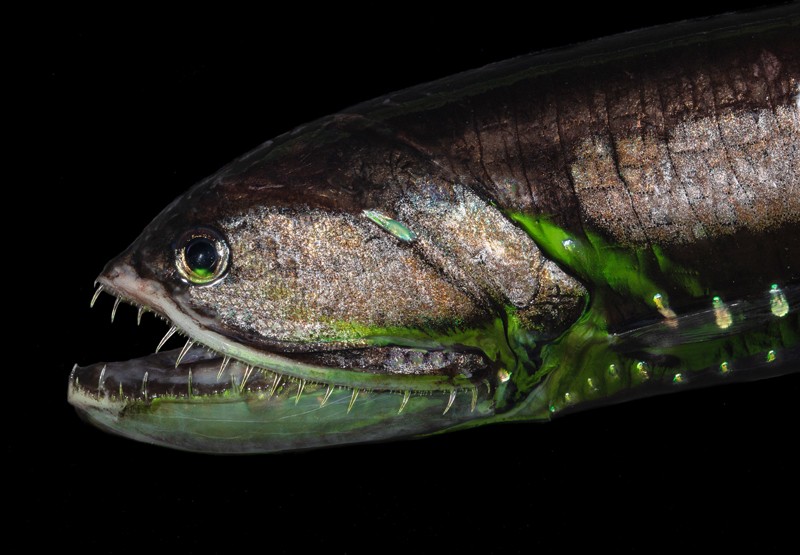
The twilight zone contains the largest and least exploited fish stocks of the world’s oceans. Spanning from just below 200 metres to 1,000 metres deep, it is an interface between the well-studied marine life in the sunlit zone above and the ecosystems of the abyss below.

Charlotte Pearson's eyes scanned a palm-sized chunk of ancient tree. They settled on a ring that looked "unusually light," and she made a note without giving it a second thought. Three years later, and armed with new methodology and technology, she discovered that the light ring might mark the year that the Thera volcano on the Greek island of Santorini erupted over the ancient Minoan civilization.

For tens of thousands of years, Homo sapiens has been developing mutually beneficial relationships with other species, from dogs and cats to bacteria and breadfruit. These interactions have allowed our different life forms to evolve and flourish together. These relationships are examples of mutualistic coevolution, which happens when multiple species beneficially affect each other’s progress over time.

Nearly a millennium and a half ago, red light streaked across the night sky over Japan. Witnesses compared it to the tail of a pheasant—it appeared as a fan of beautiful red feathers stretched across the sky.
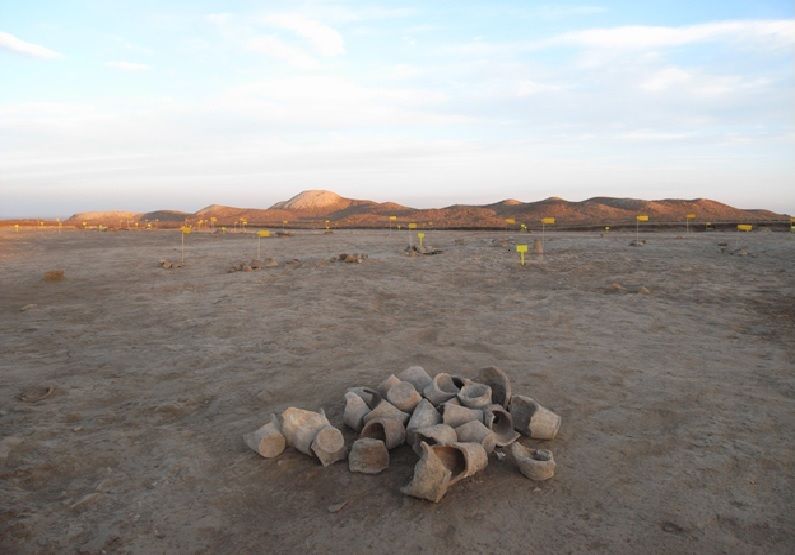
Archaeologists recently unearthed a 5,000-year-old cultic area that held fiery feasts, animal sacrifices and ritual processions dedicated to Ningirsu, a Mesopotamian warrior-god, at the site of Girsu (also known as Tello) in Iraq.

For Navajo spiritual leader Steven Benally, saving a Native American religion from extinction means preserving those diminishing lands where hallucinogenic peyote grows wild.

The natural world can be a source of solace during times of crisis, Sir David Attenborough has said. Speaking about the climate, the broadcaster and naturalist, 93, said the world was at an unprecedented point.
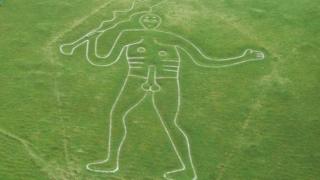
Archaeologists are hoping to establish the age of an ancient naked figure sculpted into a chalk hillside. Soil samples have been extracted from the Cerne Abbas Giant in Dorset. Tests are expected to reveal a "date range" for when the landmark was created.

Early cave paintings of hunting scenes may give the impression our Stone Age ancestors lived mainly on chunks of meat, but plants—and the ability to unlock the glucose inside—were just as key to their survival.

Astronomers obtained the first resolved image of disturbed gaseous clouds in a galaxy 11 billion light-years away by using the Atacama Large Millimeter/submillimeter Array (ALMA).

Frogs' heads may look smooth and rounded on their surfaces, but peek under the skin of some species and you'll find skulls that resemble the heads of mythical dragons, studded with spikes, spines and other bony structures.
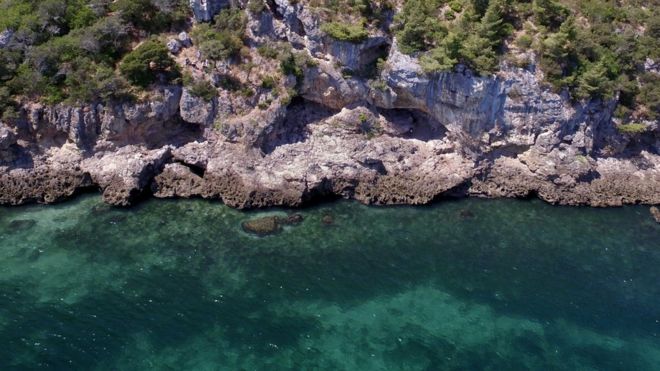
Neanderthals were eating fish, mussels and seals at a site in present-day Portugal, according to a new study. The research adds to mounting evidence that our evolutionary relatives may have relied on the sea for food just as much as ancient modern humans.

It's possible that Mercury once held the ingredients for life. In 1974, NASA's Mariner 10 probe flew by Mercury and observed a cracked, cratered landscape. Now, according to one new theory, Mercury's fractured "chaotic terrain" could've been formed by volatiles — elements and compounds that can easily jump from a gas to a liquid or solid — under the surface.

When it comes to taking hallucinogenic drugs, context may matter in deeper ways than previously assumed.

A new research paper has been published in Scientific Reports regarding an ancient civilisation in what is modern-day Syria that was wiped out by the cataclysm, as academics finally come round to the idea that yes this event did happen.
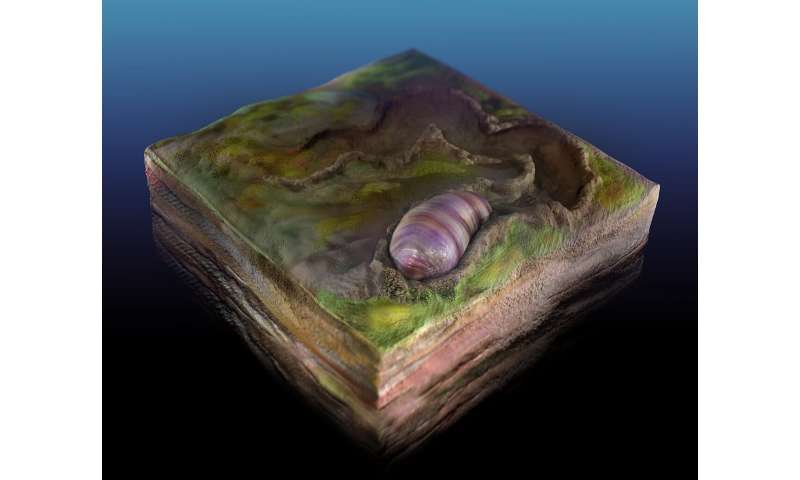
A team led by UC Riverside geologists has discovered the first ancestor on the family tree that contains most familiar animals today, including humans.
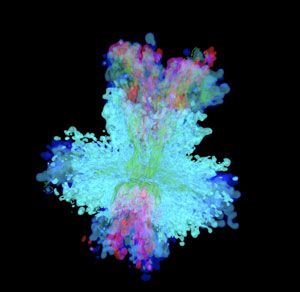
In 1987, astronomers observed an incredible star explosion in a galaxy not too far away in the Large Magellanic Cloud. Now, researchers suggest that the famed supernova, called 1987A, was created by a blue compact supergiant star.

The scientist Carl Sagan who worked on the Voyager team, said of the photo, “Look again at that dot. That's here. That's home. That's us. On it everyone you love, everyone you know, everyone you ever heard of, every human being who ever was, lived out their lives.”

Genomic sequencing of nearly 1000 people – from minority communities often overlooked by geneticists – has provided a glimpse of our species’ history in unprecedented detail.

Canadian scientists have discovered a fragment of an ancient continent, suggesting that it was 10% larger than previously thought. They were studying diamond samples from Baffin Island, a glacier-covered land mass near Greenland, when they noticed a remnant of North Atlantic Craton.
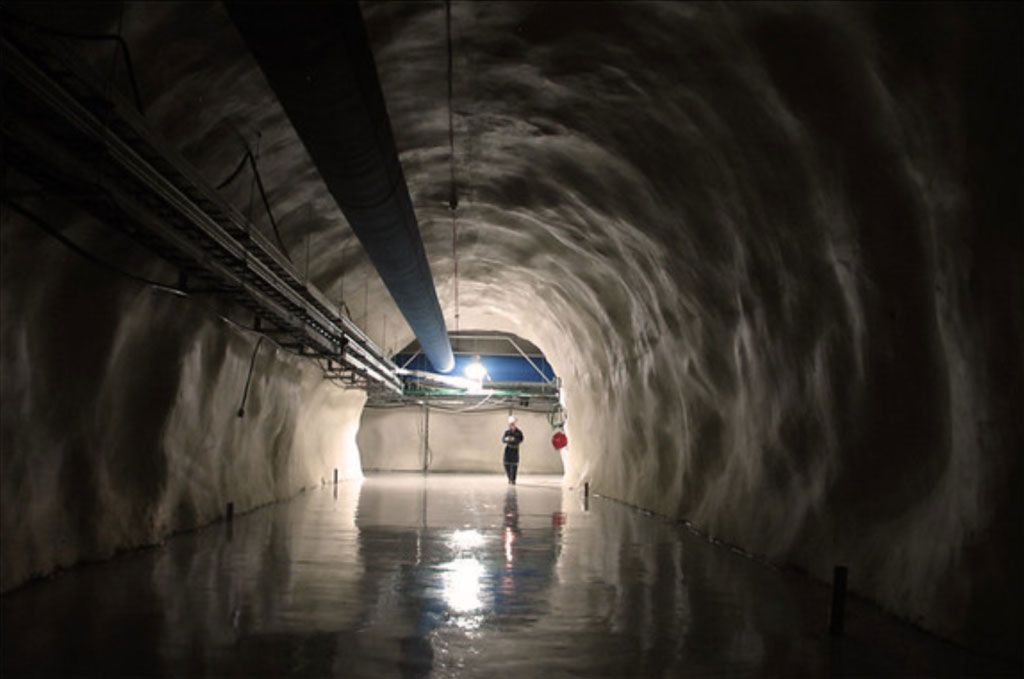
Despite the almost overwhelming evidence that dark matter does indeed exist, we still don't know what it's made of. Detectors scattered around the world have been operating for decades, trying to catch the faint trace of a passing dark matter particle, but to no avail. A new paper offers an alternative approach: dig deep.
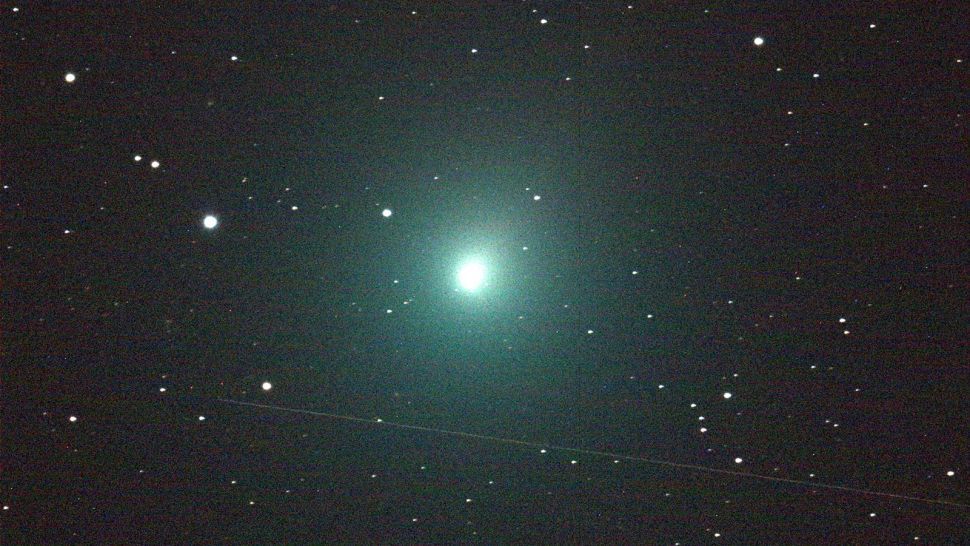
The possible celestial showpiece is known as Comet ATLAS, or C/2019 Y4. When it was discovered on Dec. 28, 2019, it was quite faint, but since then, it has been brightening so rapidly that astronomers have high hopes for the spectacle it could put on. But given the tricky nature of comets, skywatchers are also being cautious not to get their hopes up, knowing that the comet may fizzle out.

The aftermath of wildfires can make landscapes appear devoid of life. Yet under the ash beds lies a vast living network of fungi.
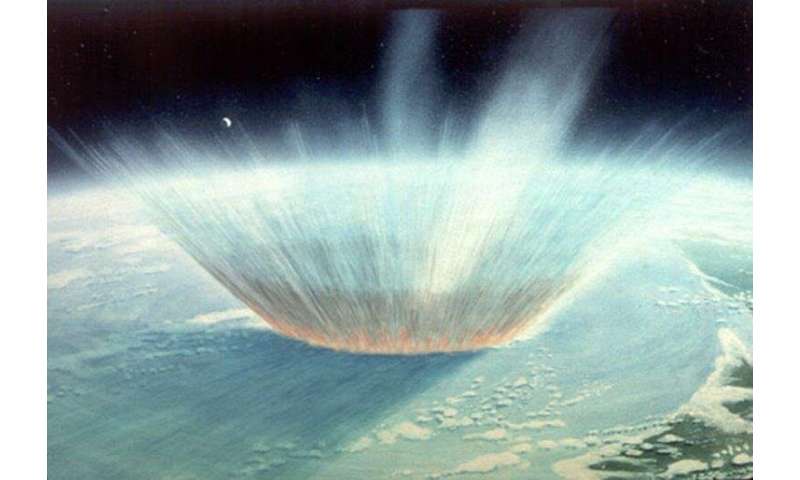
New research finds soot from global fires ignited by an asteroid impact could have blocked sunlight long enough to drive the mass extinction that killed most life on Earth, including the dinosaurs, 66 million years ago.
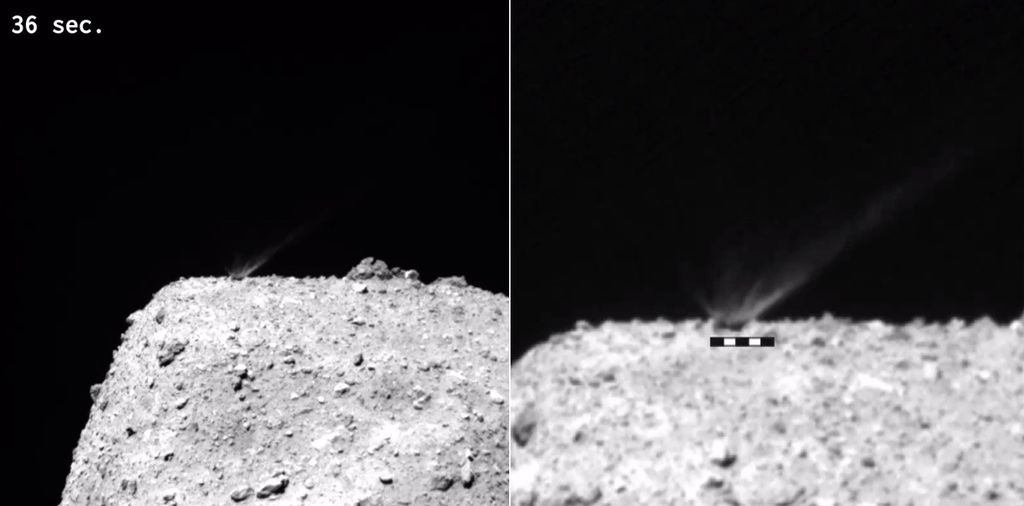
A cannonball that a Japanese spacecraft fired at an asteroid is shedding light on the most common type of asteroid in the solar system, a new study reports.

A new paper led by Cornell University points out the need for an important new refinement to the technique. The outcomes of his study, published March 18 in Science Advances, have relevance for understanding key dates in Mediterranean history and prehistory, including the tomb of Tutankhamen and a controversial but important volcanic eruption on the Greek island of Santorini.

A new study has provided the most comprehensive analysis of human genetic diversity to date, after the sequencing of 929 human genomes by scientists at the Wellcome Sanger Institute, the University of Cambridge and their collaborators.

After my presentation at a psychedelic science conference, a young professional woman approached me to share her moving story of healing and recovery from depression after participating in ketamine-assisted psychotherapy.

Tribal leaders have been preparing for Covid-19 since the virus first appeared in Wuhan, China, in late 2019, with medical staff beefing up emergency plans, reorganizing services and gathering medical supplies, including test kits and personal protective equipment.
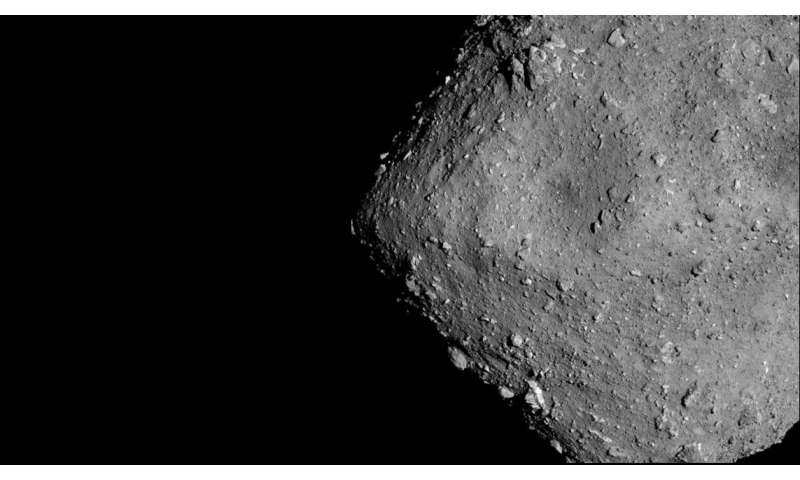
The solar system formed approximately 4.5 billion years ago. Numerous fragments that bear witness to this early era orbit the sun as asteroids. Around three-quarters of these are carbon-rich C-type asteroids, such as 162173 Ryugu, which was the target of the Japanese Hayabusa2 mission in 2018 and 2019.

A 380-million-year-old fossil of a fish has revealed that fingers evolved in vertebrates before the creatures wriggled out of the sea and evolved into land-dwelling creatures, as a new study describes.

Scientists have proved one of Charles Darwin’s theories of evolution – survival of the fittest – for the first time. A researcher at St John’s College, University of Cambridge, found that mammal subspecies play a more important role in evolution than previously thought.
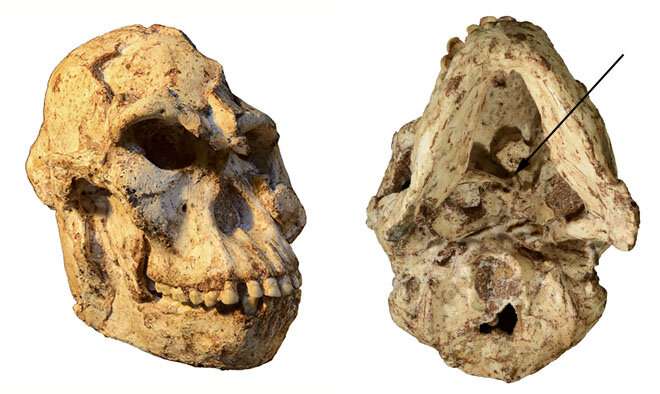
High-resolution micro-CT scanning of the skull of the fossil specimen known as "Little Foot" has revealed some aspects of how this Australopithecus species used to live more than 3 million years ago.

Dubbed the Wonderchicken, the remains were found in rocks dating to about 66.8m to 66.7m years ago, revealing that the bird was active shortly before the asteroid strike that wiped out the dinosaurs 66m years ago.

Archaeologists have unearthed two miniature stone engravings in Indonesia. These depict an anoa (dwarf buffalo) and a sun, star or eye dating back some 26,000 years – the first of their kind in our region.

For decades, pits of waste crude oil have dotted the Amazon rainforest in northern Ecuador. Now people are using resilient plants, fungi and bacteria to try to clean them up.

Ice Age hunter-gatherers, foraging the bone-chilling, unforgiving steppes of what today is Russia, somehow completed a remarkable construction project: a 40-foot-wide, circular structure made from the skulls, skeletons and tusks of more than 60 woolly mammoths. The reason remains a mystery to archaeologists.
Seventy-one per cent of the world’s surface is water – a vast blue expanse of rolling waves full to the brim with countless animal and plant species. But few people consider just how huge the oceans are beneath the surface.

Being Patient spoke with Dr. Albert Garcia-Romeu about the link between psychedelics and brain health, and what it might mean for Alzheimer’s research.

A unique rock carving found in the Teymareh rock art site (Khomein county) in Central Iran with six limbs has been described as part man, part mantis
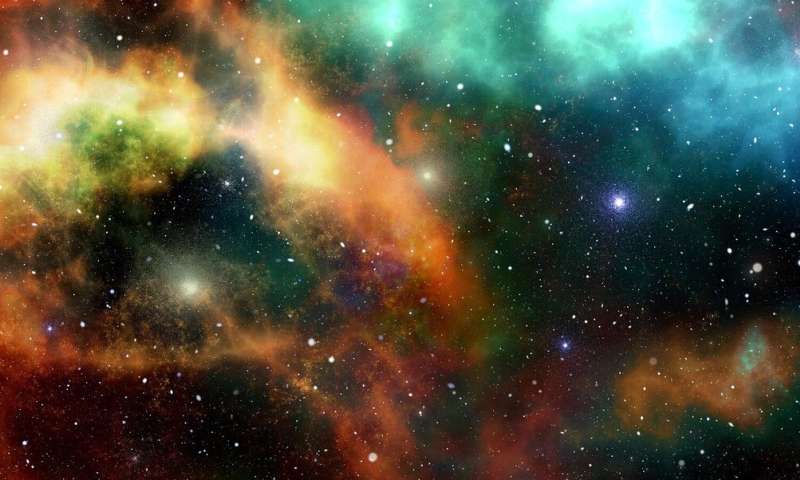
Scientists from the University of Sheffield have discovered a pulsating ancient star in a double star system, which will allow them to access important information on the history of how stars like our Sun evolve and eventually die.

In a new study, researchers at the University of California, Santa Barbara have modeled the stellar explosions that occur when pulsating supergiants like Betelgeuse die, showing the expected brightness of these supernovas, according to a statement from the university.

Britain’s original forager on his eight decades of adventures in wild food and why mushrooms were once associated with witchcraft.
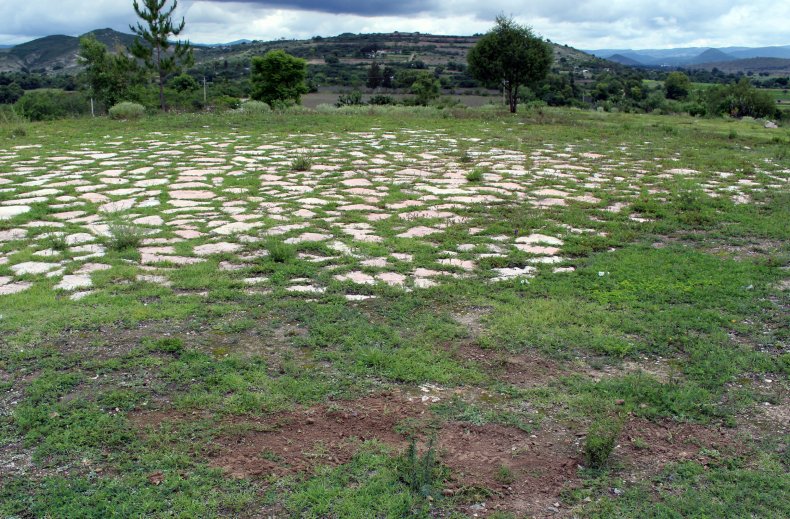
Researchers have uncovered a 3,400-year-old ballcourt in the highlands of Oaxaca, Mexico, casting new light on the origins and evolution of a famous ballgame which was played across ancient Central America.

Astronomers have observed a distant planet where it probably rains iron. It sounds like a science fiction movie, but this is the nature of some of the extreme worlds we're now discovering.
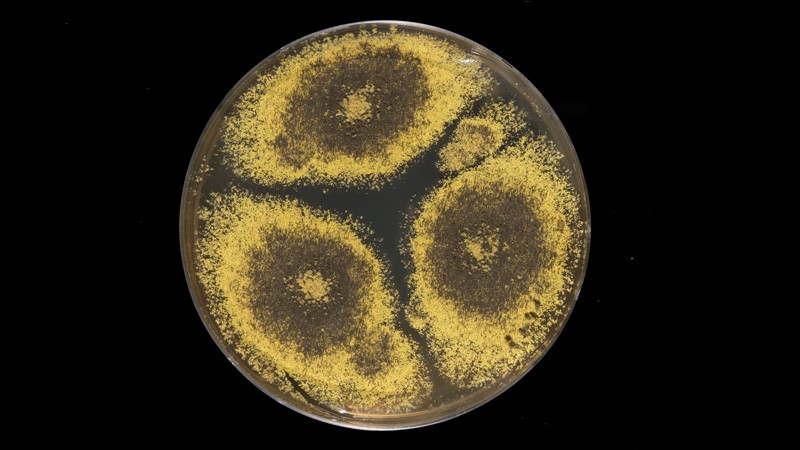
At the bottom of the Indian Ocean, in one of the deepest layers of Earth’s crust ever explored, researchers are finding life. An analysis of rock samples from Atlantis Bank, part of a seafloor mountain where deep crustal rock is exposed close to the surface, has revealed microbes adapted to life within nutrient-poor, hairline fractures in the earth.

New research into the evolutionary history and prehistoric migrations of hyenas reveals surprising similarities between hyenas and prehistoric humans. The results from the University of Copenhagen and University of Potsdam also indicate that humans had a detrimental effect on hyena populations about 100,000 years ago.

The study is the first one to demonstrate that gorillas are territorial in nature, unlike previous assumptions. At the same time, the findings suggest that these primates can recognise “ownership” of specific regions in a very human-like manner, and will attempt to avoid contact with other groups while travelling close to the centre of neighbouring ranges in order to avoid conflict.

On the fourth floor of the Museum of the Bible, a sweeping permanent exhibit tells the story of how the ancient scripture became the world’s most popular book.

Scientists have discovered what they say is the smallest known dinosaur. The new species has been described by one team member as the "weirdest fossil" she has ever worked on.
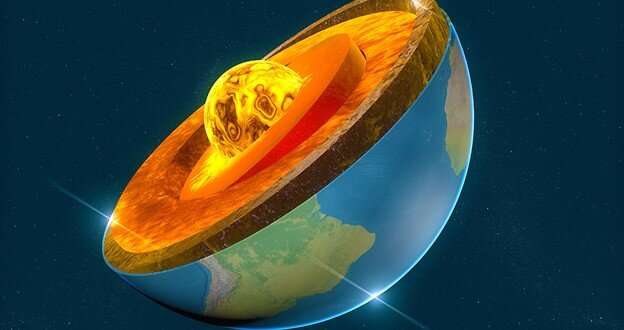
New research lends credence to an unorthodox retelling of the story of early Earth that was first proposed by a geophysicist at the Scripps Institution of Oceanography in La Jolla, California.
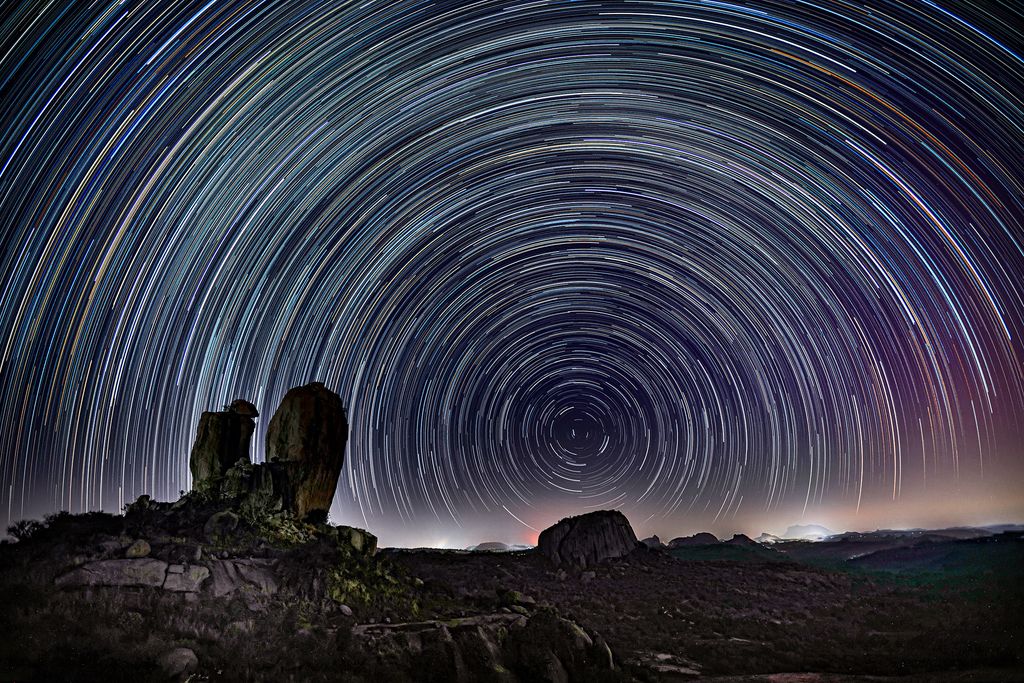
People have watched the North Star for centuries. The bright star, also known as Polaris, is almost directly above Earth's North Pole and serves as a landmark in the sky for travelers without a compass.

Powerful storms on the Orkney Islands in the far north of Scotland recently exposed ancient human bones in a Pictish and Viking cemetery dating to almost 1,500 years ago.

Activists have collected more than 100,000 signatures for a measure to legalize psilocybin for therapeutic purposes in Oregon, the campaign announced on Wednesday.




